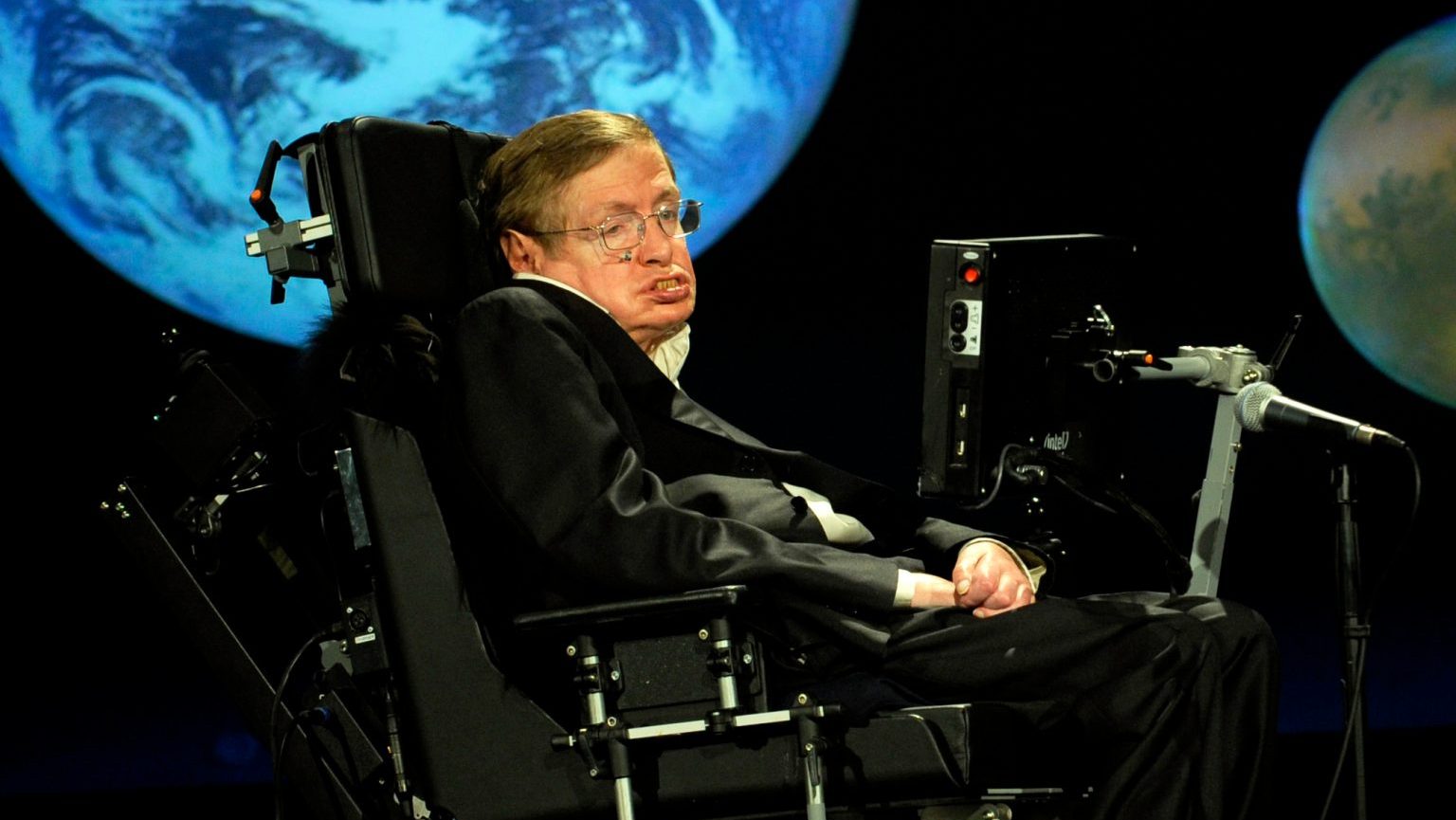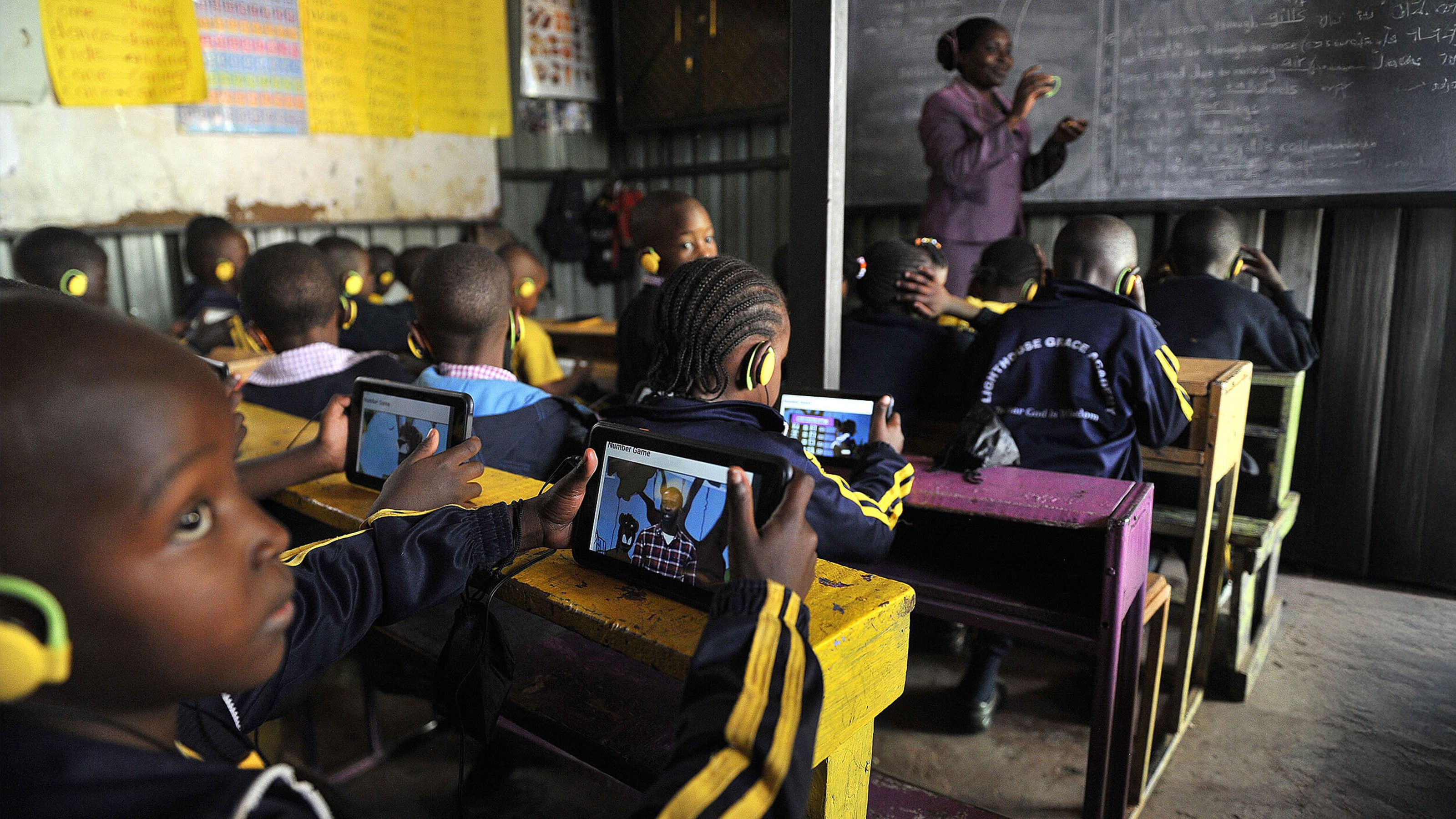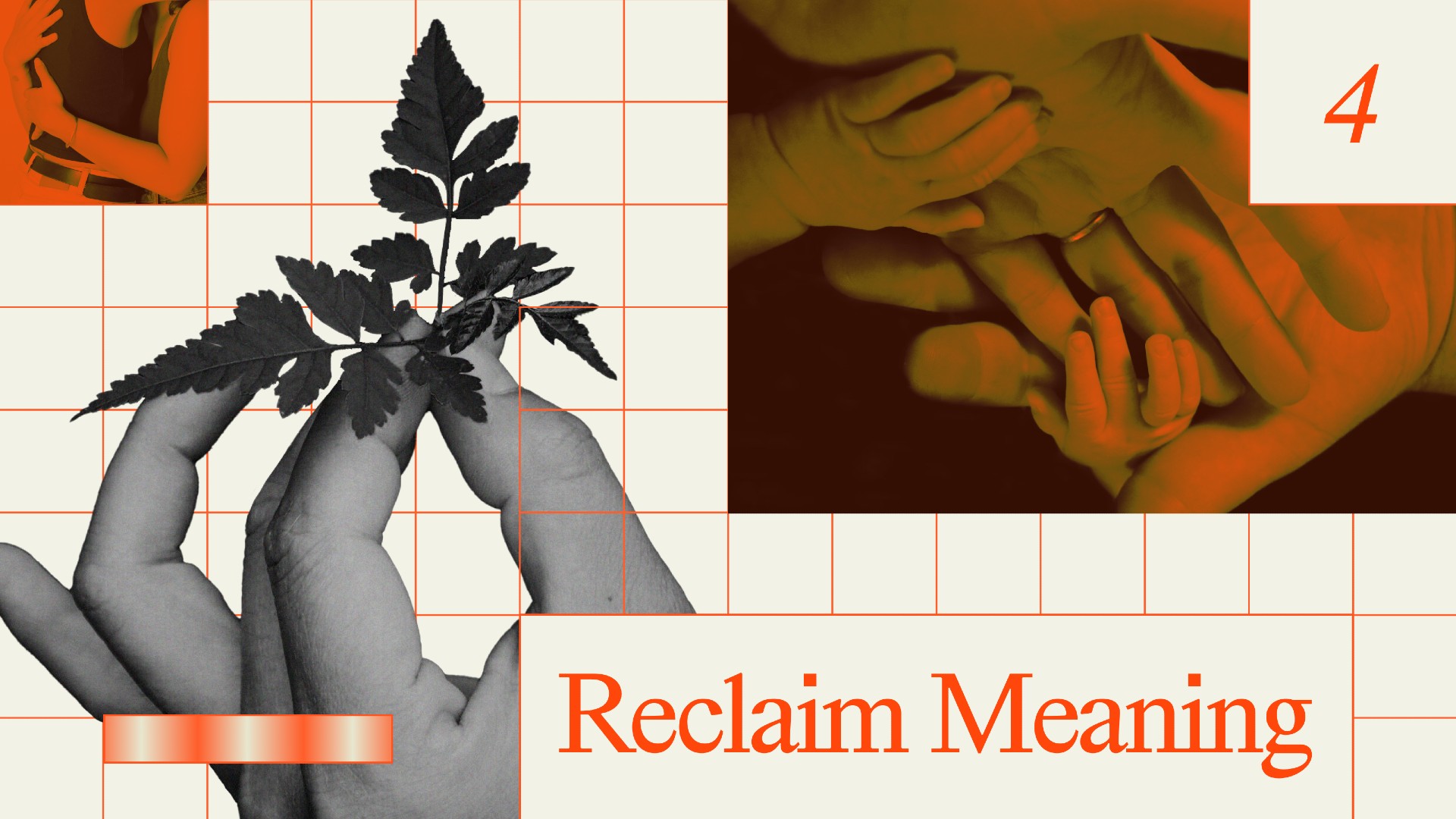Grant went bankrupt, Eisenhower could finally afford a date, and Nixon won enough to start a campaign. James McManus chronicles the checkered history of gambling presidents.
Question: Did any presidents have a gambling problem?
James McManus: Grant was a fairly notorious gambler in both the stock market and as a poker player. And it's -- I don't know what exactly the connections are between the two, but he did end -- the reason that we have his great memoirs, which were published by Mark Twain, is because Grant was dead broke as a result of gambling either at the poker table and in the stock market. He and his son had a brokerage house. And the -- what was another? The two best poker players among the Presidents are Dwight Eisenhower and Richard Nixon, the guys who shared the ticket, the Republican ticket, in 1952. And Eisenhower had won enough in his early days as a cadet -- remember, he's a dirt-poor kid from Kansas -- and he falls for a young socialite, wealthy socialite, from Denver by the name of Mamie Dowd. The only way that Eisenhower can afford to date, to court, Mamie Dowd is through his poker winnings. He uses it to buy his dress uniform. He eventually pays for her engagement ring with money that he made playing with his fellow cadets.
Nixon famously wins eight thousand dollars in the Pacific in the 1940s, combined with the two thousand dollars that Pat Nixon had saved up, the ten thousand dollars becoming enough to run a successful congressional campaign in 1946. And of course, the rest is his checkered political history.
Question: Which president spent the most time playing poker?
James McManus: I would say that it was Eisenhower. Eisenhower learned as a very young boy, and he played -- there are many passages in my book in which he discusses how he didn't want to go out to the cadet dances; he'd rather stay back in the dorms and poker. And that was the means by which he -- that gave him the wherewithal to go out and date the woman, court the woman, that he had fallen for, buy the engagement ring. And he played so well as he moved up in the army that he eventually had to quit because he was taking too much money from his fellow soldiers, many of whom were his subordinates once he became a general.
Question: Why do you think poker appeals to so many presidents?
James McManus: I don't think it's just Presidents. I think that many of the movers and shakers in the world have an innately aggressive -- they like to seize the initiative. During the previous presidential campaign we got a wonderful quote from John McCain II, the admiral who was the candidates father. And he had told his children when they were young that the world is run not by systems analysts but by poker players. In other words, you want to avoid a fussy myopia, and you want to have an aggressive strategic vision. The irony of that is that McCain fell for craps, which is a mindless dice game in which the player never has an advantage against the house. And Obama, famously, was a poker player, in which mathematical skills, psychological acumen and the ability to wait patiently for a hand usually pays big dividends.





